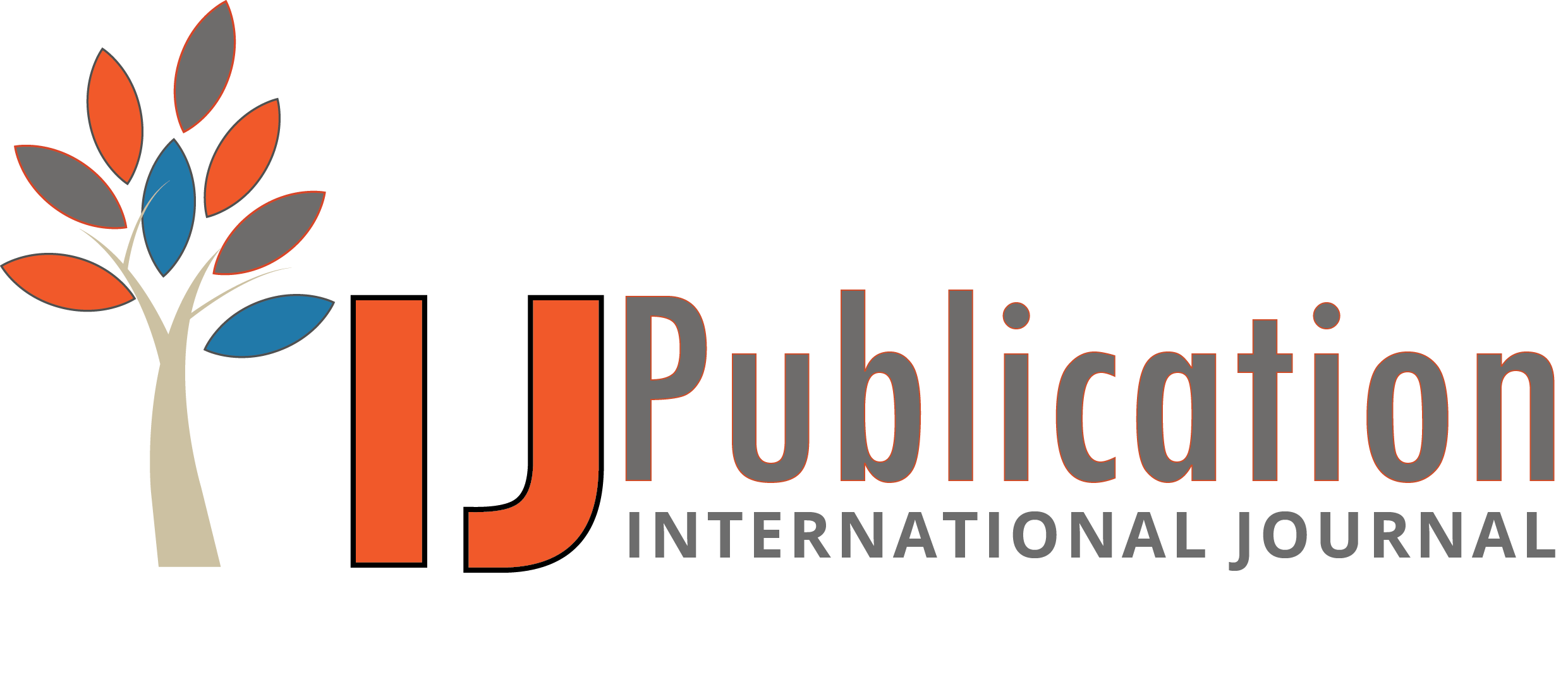Ramya Ramachandran Reviewer
16 Oct 2024 03:37 PM
 Approved
Approved
Relevance and Originality
This paper addresses a critical issue in the field of computer vision—object detection in low-light conditions—highlighting its relevance for real-time applications such as surveillance and security. The introduction of the YOLOv8 model for this purpose demonstrates originality, particularly as low-light detection remains a challenging area with limited effective solutions. By focusing on the unique challenges posed by nighttime environments, the research contributes valuable insights and a novel approach that could significantly impact various practical applications, setting it apart from existing studies.
Methodology
The methodology employed in this study is sound, utilizing a custom dataset specifically designed for low-light conditions to train and evaluate the YOLOv8 model. This tailored approach enhances the model's relevance and effectiveness in real-world scenarios. However, further details on the dataset's composition—such as the variety of objects included, data collection methods, and any preprocessing steps—would strengthen the study. Additionally, clarity on the performance metrics used to evaluate the model’s speed and accuracy would provide a more comprehensive understanding of the methodology's robustness.
Validity & Reliability
The findings of the research indicate that YOLOv8 significantly outperforms earlier models like YOLOv3 in terms of speed and accuracy in low-light conditions, showcasing the model's reliability. However, the paper could enhance its validity by discussing potential limitations or biases in the dataset or model performance across different scenarios. Additionally, including a comparison with other state-of-the-art models in low-light conditions would provide context for the effectiveness of YOLOv8, ensuring a more robust evaluation of its capabilities.
Clarity and Structure
The paper is generally well-structured, with clear sections that effectively guide the reader through the introduction, methodology, results, and conclusions. The writing is concise and focused, making complex concepts accessible. However, adding visual aids, such as graphs or images demonstrating the model’s performance or sample outputs, could enhance clarity and engagement. Moreover, a more detailed discussion of the implications of the findings for real-world applications would strengthen the paper's impact.
Result Analysis
The analysis of results highlights the YOLOv8 model's improved performance in low-light conditions, which is a significant advancement in object detection technology. However, a deeper exploration of specific scenarios or case studies where YOLOv8 excelled would provide valuable context for its applications. The paper should also address potential challenges or considerations for deploying this model in real-world settings, such as varying lighting conditions or environmental factors. Future research directions could include refining the model further or exploring its adaptability to different types of low-light environments, which would enhance the understanding of its full potential in practical use cases.








Ramya Ramachandran Reviewer